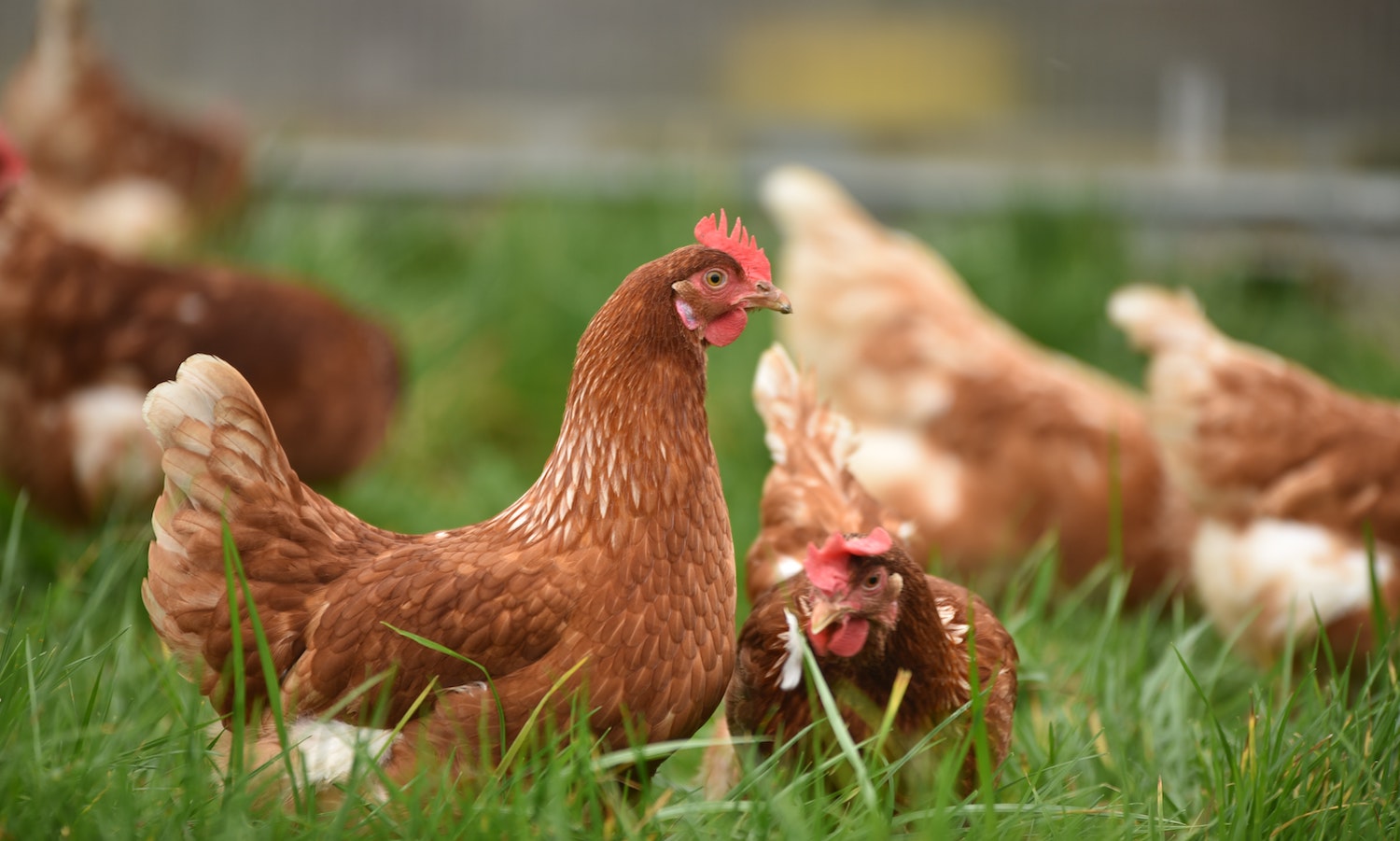The Highly Pathogenic Avian Influenza (HPAI) outbreak has affected more than 52.4 million domesticated poultry in the United States in 2022, the U.S. Department of Agriculture Animal and Plant Health Inspection Service (USDA APHIS) reports. According to experts at the Johns Hopkins Center for a Livable Future shifting away from industrial models can help to prevent the spread of HPAI. And farmers are seeing that pasture-raised poultry models can help to keep their livestock healthy.
The 2022 HPAI outbreak marks the deadliest in U.S. history. Cases reached their peak at 6.15 million in September and dipped in October. The virus saw another uptick in November, with almost 3.7 million cases reported.
In response to the HPAI outbreak, the USDA advises flocks with outdoor access, labeled as pasture-raised and free-range, to quarantine as the virus spreads through contact with migratory waterfowl, such as ducks and geese.
“Waterfowl have no business anywhere near our chickens,” Reginaldo Haslett-Marroquin, Co-Founder of Regeneration Farms, tells Food Tank. Haslett-Marroquin operates a farm network and nonprofit called The Regenerative Agriculture Alliance, which focuses on scaling up regenerative poultry systems.
The Regenerative Agriculture Alliance model utilizes a Tree-Range system in which farmers raise small poultry flocks with native crops such as elderberries and hazelnuts. These Indigenous permaculture methods can prevent water from pooling in areas where the chickens have access, create shelter for chickens, and ensure HPAI-prone waterfowl do not have the opportunity to intermingle with chickens.
Haslett-Marroquin tells Food Tank that regenerative, indigenous methods of animal husbandry aren’t too labor-intensive and create ecosystems that prioritize bird health. Farms utilizing a Tree-Range system also follow enhanced biosecurity protocols to have full transparency in case of an outbreak.
Domesticated poultry farmed for eggs or meat are always at risk of avian influenza outbreaks, Dr. Jarra Jagne, Associate Professor at Cornell University College of Veterinary Medicine and a poultry disease specialist, tells Food Tank. But the severity of outbreaks and virus strains vary. Those designated to be highly pathogenic cause severe disease and high mortality.
Mike Badger, Associate Director of the nonprofit American Pastured Poultry Producers Association (APPPA), argues that quarantining poultry during the 2022 HPAI outbreak can create ideal conditions for spreading the virus. Most bird deaths have been from commercial, indoor, densely confined operations, Badger says.
Robert Martin, Program Director of Food System Policy at Johns Hopkins Center for a Livable Future, adds that confined poultry systems are dangerous for spreading HPAI because the birds are standing in their waste all day. “In a true pasture-based system, birds are healthier and less likely to come into contact” with HPAI-infected waste.
While commercial flocks with large numbers of poultry confined in barns have suffered the highest bird losses, Badger attests that as of the peak of the outbreak no members in the 1000-farm APPPA network had tested positive for HPAI. Almost all APPPA members raise poultry on pasture in mobile coops. In this model, birds are moved to fresh pasture often so that the birds don’t come into contact with waste.
While HPAI is highly contagious, Badger and Martin note that poultry deaths during the outbreak are not always due to the virus but to the response itself. The USDA requires farmers to cull or depopulate via slaughter all infected poultry to prevent a future spread. Martin adds, “in an industrial system, the only way to control [HPAI] is through extreme measures.”
Badger theorizes that the APPPA model is beneficial in cases of disease outbreaks because the birds are “developing their immune systems in ways that confined birds are not.” In addition, research published in Frontiers in Animal Science finds that environmental enrichment, such as access to mature grasses, can improve the immune functioning of broiler chickens.
Similarly, by creating diverse permaculture ecosystems for poultry, Haslett-Marroquin and The Regenerative Agriculture Alliance are achieving more transparent supply chains, healthier chickens, and more resilient farmer enterprises.
Martin advocates for long-term policy solutions that include decentralized poultry production models and smaller, pasture-based flocks, noting that “getting away from the industrial model” is the most effective way to reduce future poultry disease outbreaks.
Articles like the one you just read are made possible through the generosity of Food Tank members. Can we please count on you to be part of our growing movement? Become a member today by clicking here.
Photo courtesy of Thomas Iversen, Unsplash






